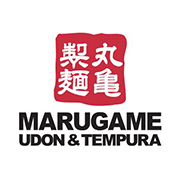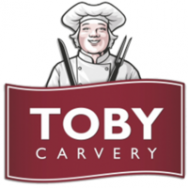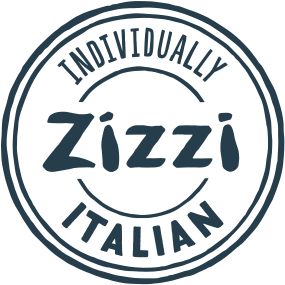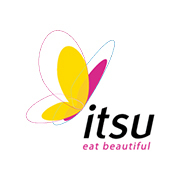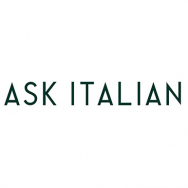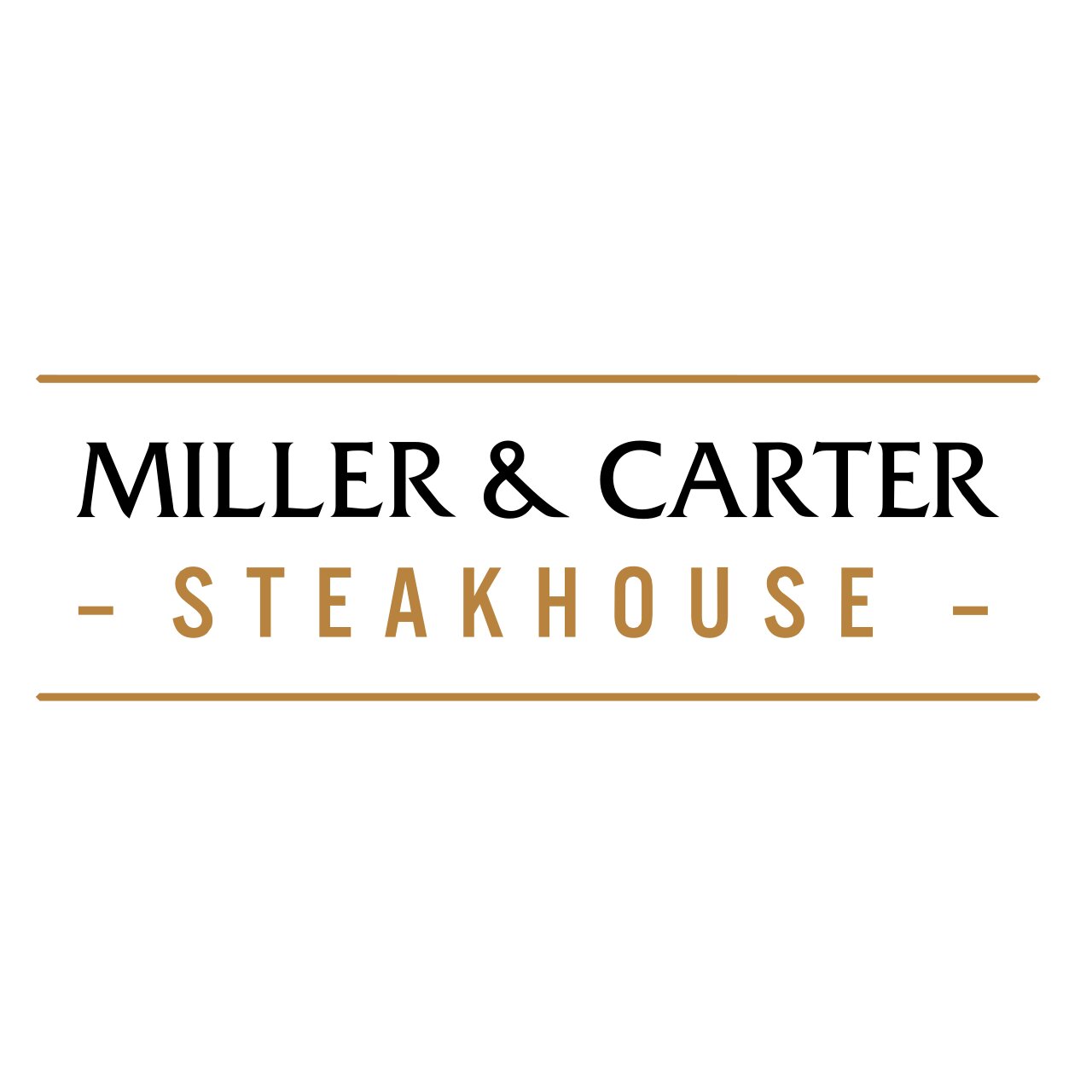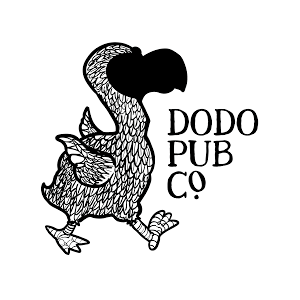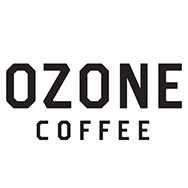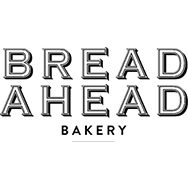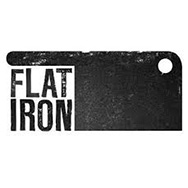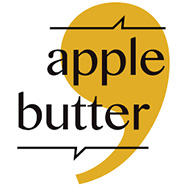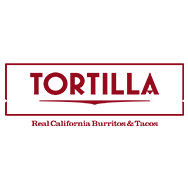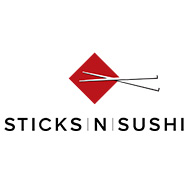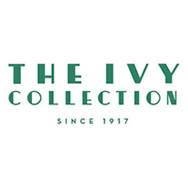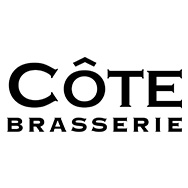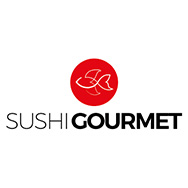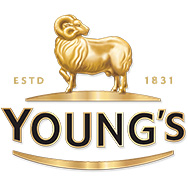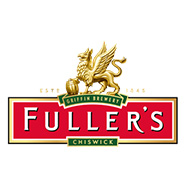- It is critical that Enforcement Officers appreciate the legal status of this document, but within the draft guidance there are references to both legal requirements in addition to best practice. We therefore suggest that the document needs to be set out to ensure that there is total clarity to differentiate between legal requirements and guidance, as is the successful and well-understood approach used for Industry Guides. This would ensure avoidance of misinterpretation by users which could lead to confusion for Enforcement Officers, potentially leading to unwelcome interpretations of legislation and the FHR brand standard.
- As it stands, the document does not distinguish clearly enough between what is a legal requirement and what is suggested good or best practice. The terms “could” and “should” are used indiscriminately, making this lack of clarity greater. We suggest that legal requirements are made completely clear using layout, font etc.
- We feel the guidance is a lengthy document and could be consolidated and made easier to read (as per Industry Guides).
- S28 The flow diagram is good – ought to explain what “PAL” is in the second box underneath the diagram (it is clarified much later on).
- Because some examples in the document may be misconstrued as prescriptive requirements, we suggest that the following paragraph (or similar) should be added to the Legal Status section and / or S23 to provide greater clarification about how different types of businesses can apply the guidance as one size doesn’t fit all. “The guidance covers a wide range of businesses and there will be circumstances where the approach set out may not be appropriate or practical; therefore Food Businesses Operators (FBOs) will need to deviate from any prescriptive advice and should apply knowledge of their specific business and customers to make decisions to meet the objectives of the guidance whilst complimenting their distinct method of working and marketplace rather than follow all aspects of the guidance prescriptively.
- We question whether the objectives of the guidance are stated clearly enough in the light of the suggested statement above. Perhaps they should be revisited and restated. The above statement will hopefully make it clear to Enforcement Officers that this is guidance and not the law.
- S49: we suggest some clarification about practical ideas that could be put into place to avoid cross-contamination during transit from the FBO to the customer. It would be a good idea to get advice from an FBO who manages this successfully and phrase the advice as “one FBO does this…..”
- In relation to S79, whilst many FBOs use a similar written proforma to the one shown, the example may worry many FBOs and add a layer of bureaucracy which will not necessarily add value to the process. In many cases there will be an audit trail of the specific allergen request on the order / till system. We believe that S78 on its own is sufficient perhaps refining the statement to say that FBOs should determine the best method of ensuring information is accurately recorded for their business. Otherwise, it may appear that this is a prescriptive requirement. This theory could be applied to other areas of the document where examples are given to make sure there is absolute clarity about the optional nature of the suggestions. It may be worth engaging the help of some FBOs to help with practical examples, and to phrase any advice on practical examples as “some FBOs do this…..” so that it becomes even more clear that this is not prescriptive. For example, on S60: “Ways to ensure allergen information is up to date and accurate include:’ could be rewritten to say “Ways that some businesses ensure allergen information etc”
- We appreciate that, based on consumer research, the document seeks to provide guidance to FBOs on the most effective way and manner to provide allergen information in writing, supported by a conversation. However, we believe that there are two more important priorities to ensure the safety not only of the guest but also to protect the staff serving and preparing food for the guest. FBOs must always place these two priorities first. We foresee occasions where there could be conflict particularly in relation to the conversation and S35 where the guidance urges FBOs to provide a breakdown of the components of the dish and allow consumers to request dishes are amended when choosing what to eat. Menus and ingredients are often complex and food supply chains are becoming increasingly dynamic. To allow ingredients to be amended, removed or varied may improve the offer for an allergic guest, but would in our experience, introduce a high level of risk in some businesses. Indeed, many FBOs do not allow this practice because they consider the risk too great. With this section, the consequence could be that FBOs may be encouraged to take a backwards step in terms of ensuring their guests have a safe meal.
- Whilst we welcome the role of the conversation between the FBO and the guest, this does nevertheless place a heavy burden on the staff members. Where it involves advising on the suitability of a particular dish or amending dishes this burden may be unacceptable. The knowledge, understanding and confidence required for staff to be able to do this is very high and not always present on every occasion in mass high volume catering. We consider that it is unfair to place members of staff in this situation. We believe that the role of this level of conversation should be restricted to confirming the specific allergen request, describing how to navigate the allergen information, and pointing to any Precautionary Allergen Statement.
- As the guidance encourages FBOs to ask guests if they have an allergy, it is inevitable that some will have an allergy outside of the 14 regulated allergens and it is right that the guidance mentions this. However, in our opinion, it is more likely than not that FBOs will be more likely not to have complete information about unregulated allergens as they will not have the “may contains” from the supplier. It would be more helpful in S 56 to ensure that businesses are not put under pressure by thinking it is the norm to be able to help out in these circumstances: rather than the guidance saying there may be “instances where it is not possible” we feel the guidance should be written in this way: “It is likely that in most instances it will not be possible for a food business to provide accurate information about other ingredients for a number of reasons, including the fact that suppliers will not have provided the information about “may contains” on packaging or on on-line systems for allergens not on the list of 14.”
- It is critical that no-one feels pressurised to make a guess. We expect that the safest route for many businesses will be to follow S57 and simply inform customers that they unable to provide accurate information.
Need a hand managing your Food Safety?
Whether it’s improving an existing Food Hygiene Rating or getting ahead of that first inspection for a new opening, Food Alert’s team of qualified Environmental Health Practitioners are on-hand to help. Just pop your details in the form and we’ll be in touch!
Take a look at our free resources
From top tips to checklist and guides, our team of experts have put together a suite of free resources to help you with your food safety!
Pop your details in the form below to access your download
Brands we protect
From internationally recognised brands with sites all over the country to small, family-run independent businesses, our team of experts and customisable software can help.



